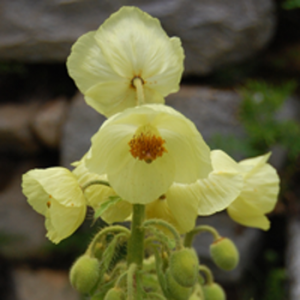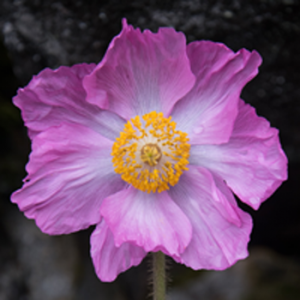

Meconopsis grandis subsp. grandis
Find us on Social Media
The Group initially set out to clarify the identities and names of the many big blue perennial Meconopsis cultivars being grown in Scottish gardens and further afield. Some of these are probably hybrids, which arose when species from different parts of the Himalaya and China were grown together in close proximity. Now that this task has largely been achieved, the Group is turning its attention to other projects. These include DNA analysis of Meconopsis, the creation of a Species Gallery and a Cultivar Gallery, and this newly updated website to make information more easily accessible.
The Group has been the International Cultivar Registration Authority for Meconopsis since 2002 and, as part of the World Flora Online project, it is proposed that The Meconopsis Group will have formal responsibility for curating Meconopsis taxonomy.
The Meconopsis Group is affiliated to The Scottish Rock Garden Club and The Royal Horticultural Society, and enjoys the active support of The Royal Botanic Garden Edinburgh. The Group’s operations are governed by its constitution and managed by an elected committee.

Meconopsis paniculata

Meconopsis sherriffii

Meconopsis integrifolia and M. purpurea meadow on Balangshan